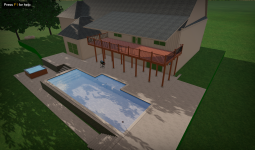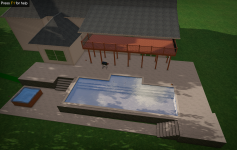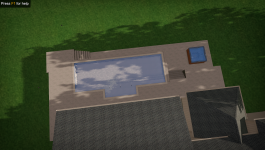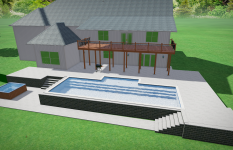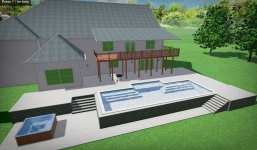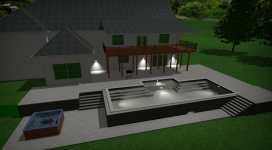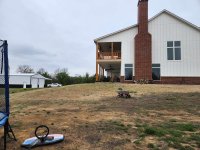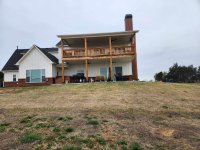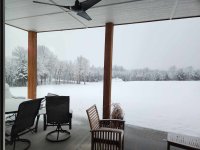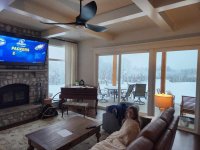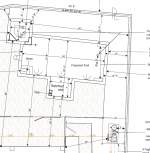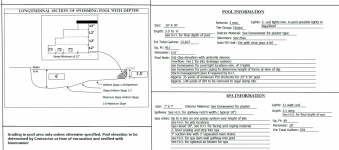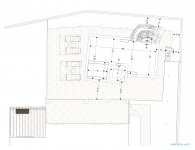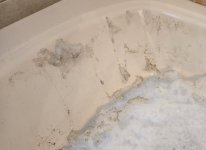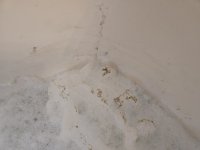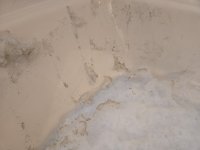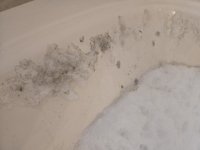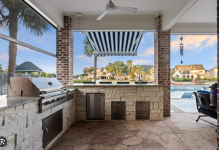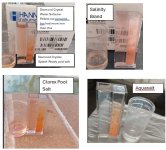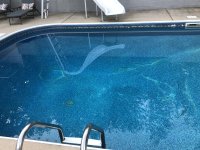Help diagnosing Jandy LXI heater, Ignition fault error, Fenwal air flow fault with single blink red LED
- By jthom86
- Everything Else
- 17 Replies
Hello, I hope there's a heater expert that can help me here!
I'm trying to diagnose a customer's Jandy LXI pool/spa heater. Customer says the heater doesn't work. On visual inspection, the heater is in good repair, minor wear on the outside of the unit. Wiring and plumbing are clean and leak free. The heater is wired for automation into a Hayward ecom4 and was set for remote thermostat, but for testing purposes I have disabled it and am operating it manually. On the heater, spa mode is selected and the temp is set to its max 104F.
Visual inspection of the heater from the inside is like new, with minor oxidation and some bug carcasses/leaf debris. Wiring and hoses are clean and free of damage. Board is clean and shows no damage. Gas valve has white oxidation on the outside, peculiarly more than anything else in the unit.
When starting the variable speed main pump and letting it rev up to operating RPM of around 2600, the heater kicks on. The heater blower starts up. After a few minutes, the heater shuts off with the "Ignition failure fault" error. I confirmed the gas valve on the external pipe is parallel and the knob inside the unit on the valve is set to on. I confirmed the igniter is in like new repair. The Fenwal blinks with a red LED one time, indicating an air flow fault.
I tested continuity on the air flow switch by placing probes on the leads going into the switch, then blowing into the tubes attached to it. When blowing into the tube from the burner pipe enclosure, I had continuity. When blowing into the tube from the side, there was no continuity.
I never smelled any gas in the entirety of testing. I tested with the external gas valve in both positions, and never smelled anything, however I checked the gas meter when it was in the open position and the meter was moving.
I don't know what else to test, I'm hoping one of you with more experience can help point me in the right direction.
If you need photos or additional info, let me know.
Thank you!




I'm trying to diagnose a customer's Jandy LXI pool/spa heater. Customer says the heater doesn't work. On visual inspection, the heater is in good repair, minor wear on the outside of the unit. Wiring and plumbing are clean and leak free. The heater is wired for automation into a Hayward ecom4 and was set for remote thermostat, but for testing purposes I have disabled it and am operating it manually. On the heater, spa mode is selected and the temp is set to its max 104F.
Visual inspection of the heater from the inside is like new, with minor oxidation and some bug carcasses/leaf debris. Wiring and hoses are clean and free of damage. Board is clean and shows no damage. Gas valve has white oxidation on the outside, peculiarly more than anything else in the unit.
When starting the variable speed main pump and letting it rev up to operating RPM of around 2600, the heater kicks on. The heater blower starts up. After a few minutes, the heater shuts off with the "Ignition failure fault" error. I confirmed the gas valve on the external pipe is parallel and the knob inside the unit on the valve is set to on. I confirmed the igniter is in like new repair. The Fenwal blinks with a red LED one time, indicating an air flow fault.
I tested continuity on the air flow switch by placing probes on the leads going into the switch, then blowing into the tubes attached to it. When blowing into the tube from the burner pipe enclosure, I had continuity. When blowing into the tube from the side, there was no continuity.
I never smelled any gas in the entirety of testing. I tested with the external gas valve in both positions, and never smelled anything, however I checked the gas meter when it was in the open position and the meter was moving.
I don't know what else to test, I'm hoping one of you with more experience can help point me in the right direction.
If you need photos or additional info, let me know.
Thank you!








